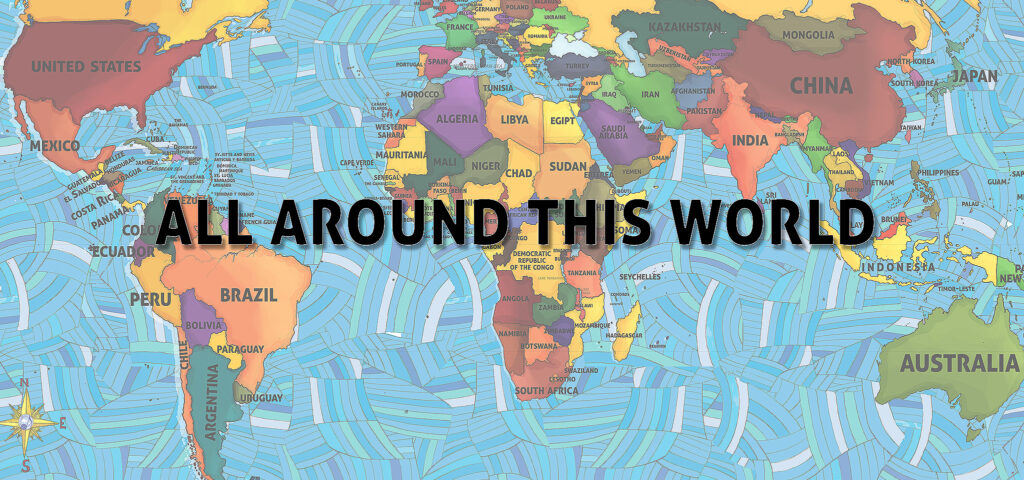[wpspoiler name=”Danzon la Bella Cubana” open=”true” style=”aatw-video”][/wpspoiler]
COUNTRY: Cuba, Mexico, Puerto Rico (U.S.)
In the 1790s, French colonists fleeing the Haitian Revolution settled in Cuba and brought with them the Contradanza, which was a “sequence dance,” in which people danced together to make particular figures. By the 1850s the classical Contradanza, danced primarily in Havana by upper and upper-middle class “Europeanized” Cubans, was known as “DANZÓN.” By the early 1900s former slaves had begun to do the contradanza, infusing it with the syncopated “cinquillo” rhythm, bringing it out of the socialites’ dance halls and “into the street.” Over time, the contradanza in 2/4 (see the Everything is a Drum rhythm guide for an intro to time signatures) grew not only into the danzón, but also into the popular habanera rhythm. The contradanza in 6/8 eventually helped form the clave. About danzón | Lord Tiger’s introduction to danzón | A Cuban flute danzón | Cuba: Rhythm in Motion | An introduction to danzón styles via YouTube
Formal Cuban dance music of the late 1800s and early 1900s. Danzón drew its main inspiration from European sequence dances like the contradanza, though it added some African instruments like the timbales and the guiro.
Later, danzón ensembles called charangas added cello, flute and pianos. About danzón | A Cuban flute danzón


Comments are closed.